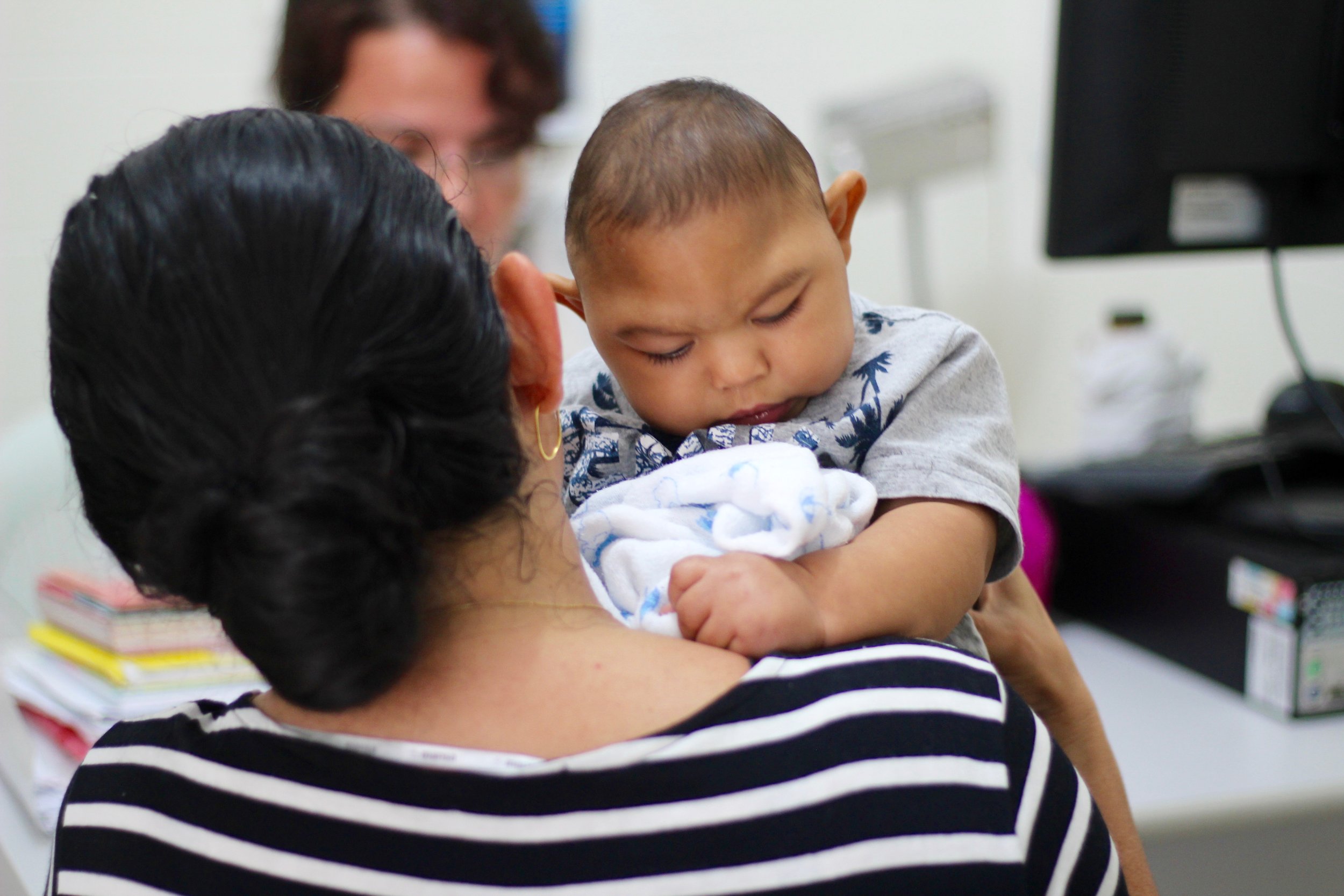

Pandemic Preparedness
In the 21st century, the world’s population lives closer together as urbanization increases, with more than 68% of the global population projected to live in cities by 2050. We’re encroaching on new ecosystems as the world’s growing population, now more than 7.5 billion people breaks into new environments to find living space. We’re more mobile than ever with more than 4.1 million passengers traveling by air in 2017 alone. These and other factors make us more susceptible than ever to global pandemics - epidemics that spread globally.
The documentary, “Unseen Enemy” looks at outbreaks become epidemics, which then spread as pandemics and how to prevent them. We invite you to take action now to promote pandemic preparedness and educate yourself on this important issue.
Be Prepared
Pandemics can take many forms, one of the most likely being the flu. In the event you find yourself at risk of the spread of a pandemic, here are some things you can do to prepare and inform yourself.
Watch Unseen Enemy
Unseen Enemy has been distributed via 25 broadcast and digital releases. In addition, the film has featured at 81 events on five continents and in 27 countries. Find out where you can watch the film.
Spread The facts
The speed of information in a digital age can be a tool to spread good information or a tool to spread panic through inaccurate information. Do your part to spread good information by sharing the facts.
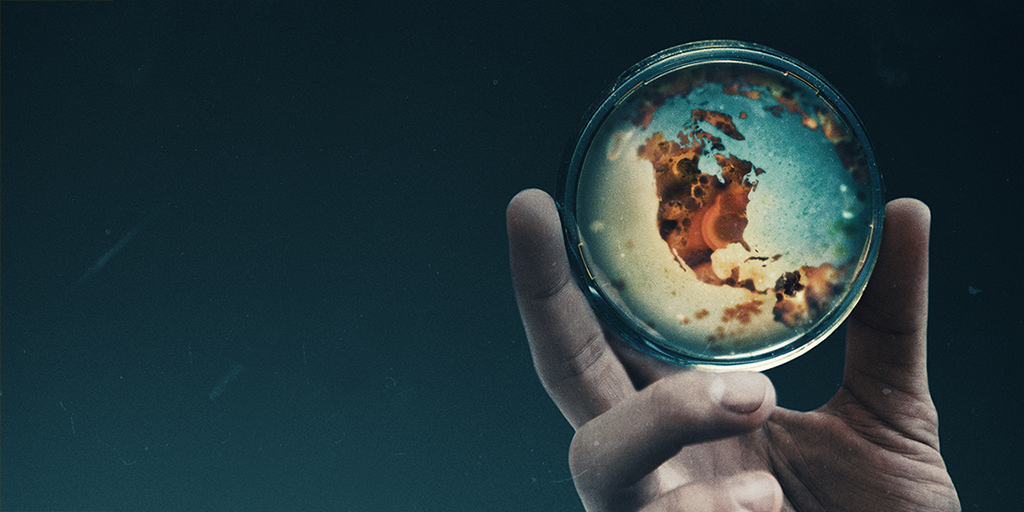
ONCE IT'S HERE, IT'S TOO LATE.
In the 21st century, we are all connected. Population growth, mass urbanization, deforestation, climate change and increased travel have dramatically increased the risk that familiar diseases will spread and mutate, and new ones will emerge. As people enter new spheres of biodiversity, they come in closer contact with other species, increasing the risk of viruses jumping from animals to humans, and then spreading more widely.
Unseen Enemy examines why in the 21st century we are experiencing a rash of diseases that were once only outbreaks but have now become full-blown epidemics.
Moving across the globe, we meet our characters: doctors, disease detectives, everyday men and women. Every one of them has stepped into the horror of an epidemic and emerged deeply changed.
Examining the recent epidemics of Ebola, Influenza, and Zika, Unseen Enemy makes it clear that epidemics bring out the best and worst of human behavior, and that their effect goes far beyond the terrible tolls of sickness and death. We are all connected to any person, animal, and insect that may have an infectious disease incubating in them. And that connection is either incredibly dangerous or a powerful force for good. It is our choice which of those becomes true.
Documentary Film
97 min
Produced by
Michael Ehrenweig, Rogger Lopez, and Janet Tobias
Director of Photography
Zac Nicholson
Editor
Erin Barnett
Directed & Written by
Janet Tobias

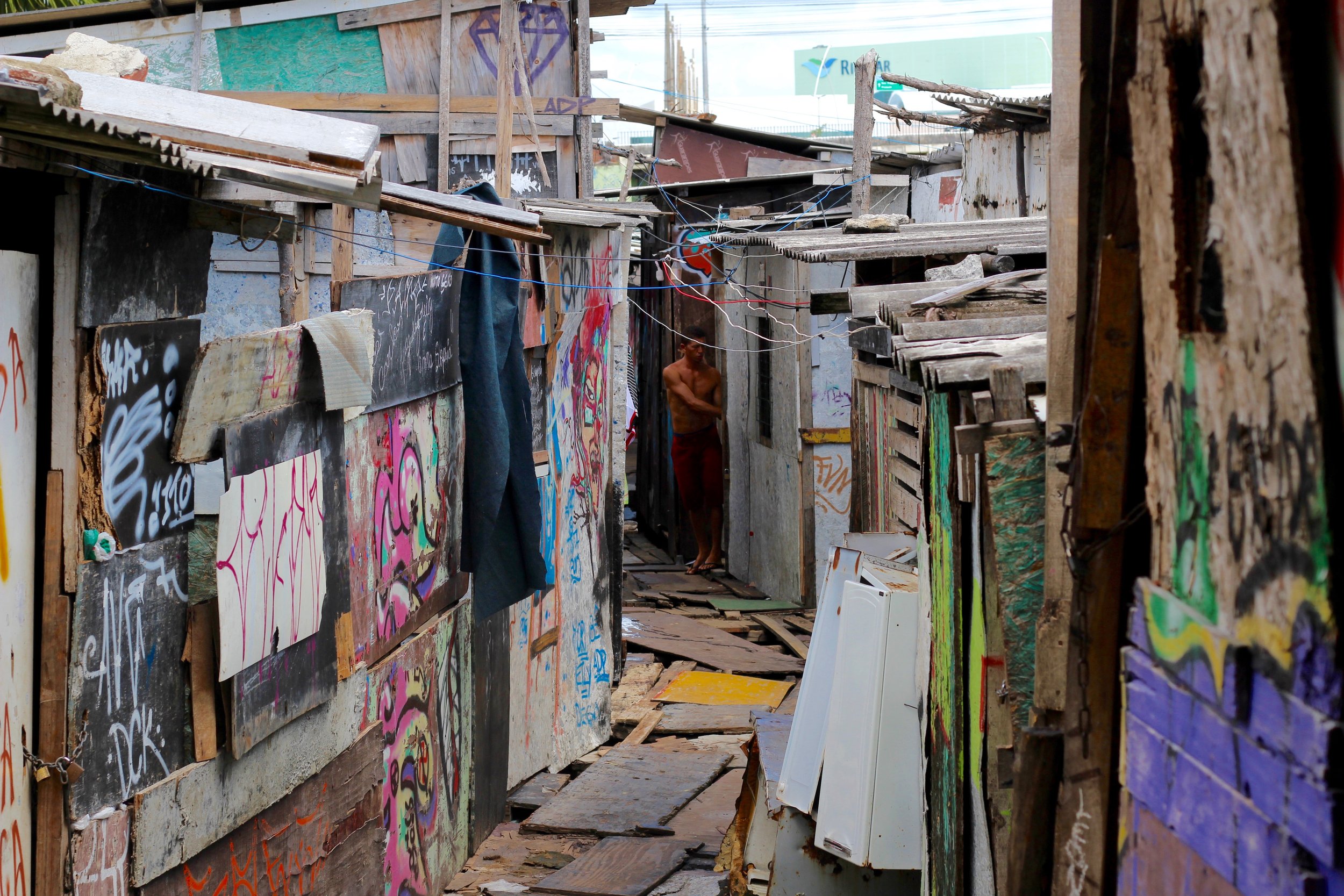
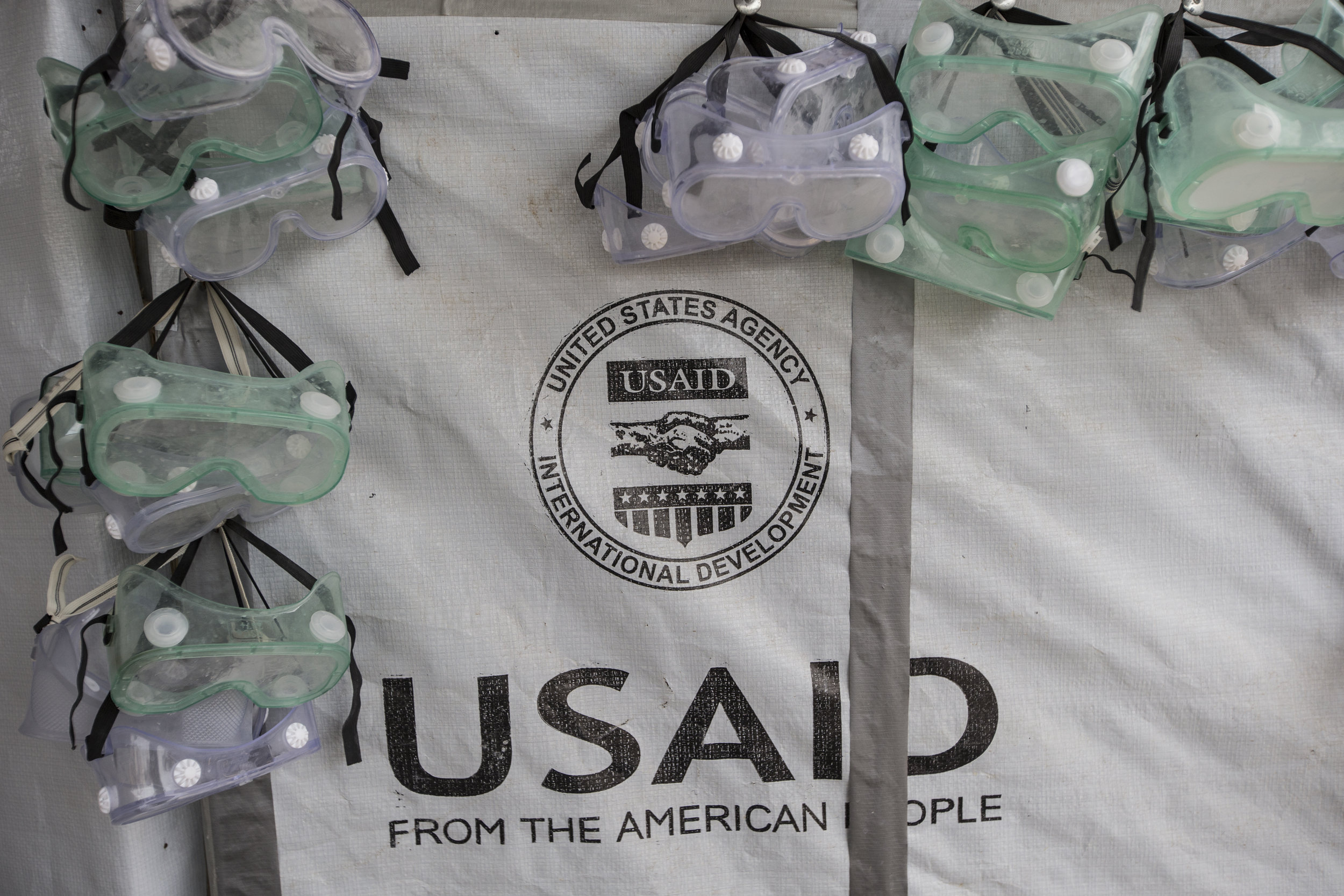
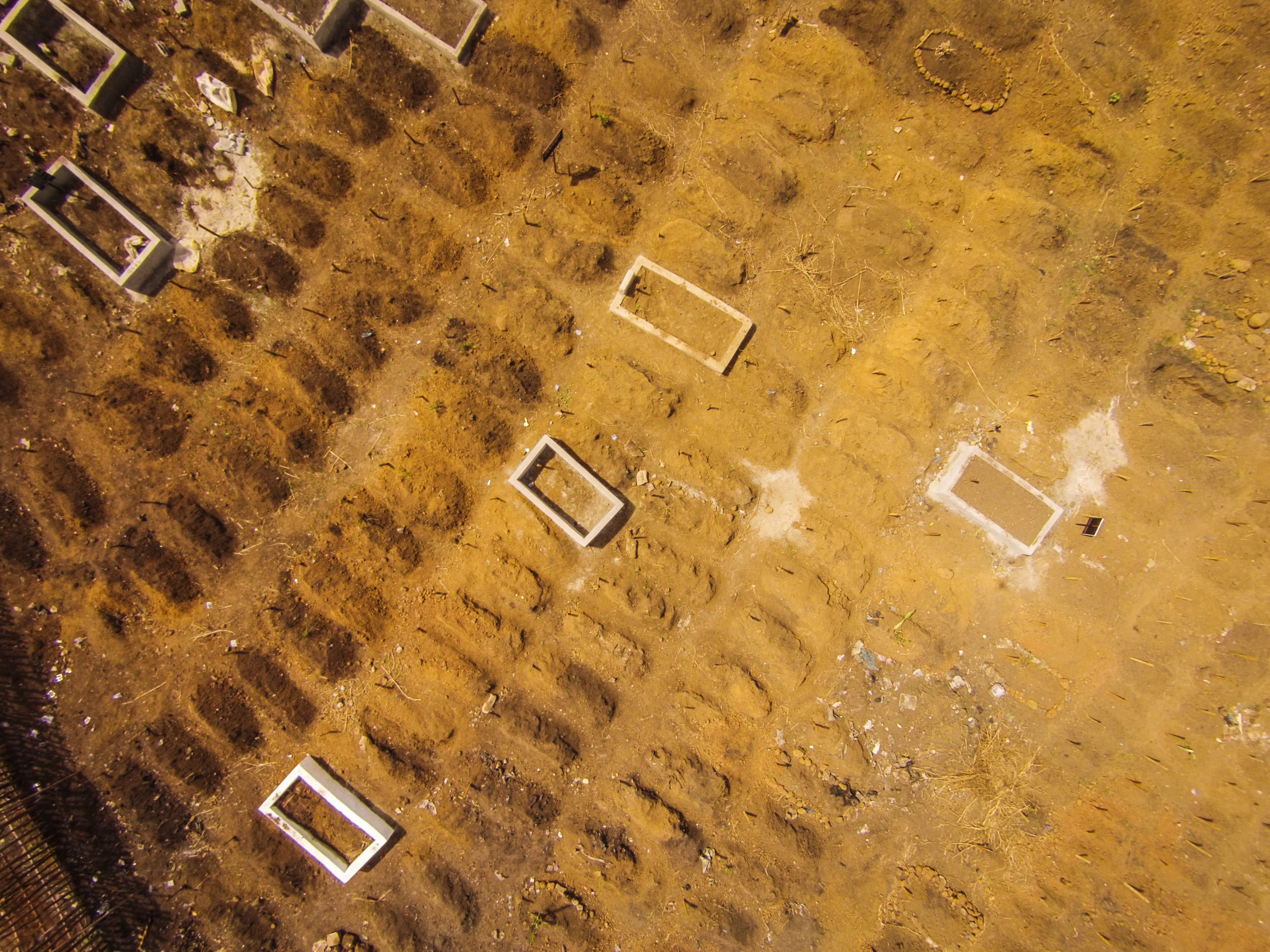
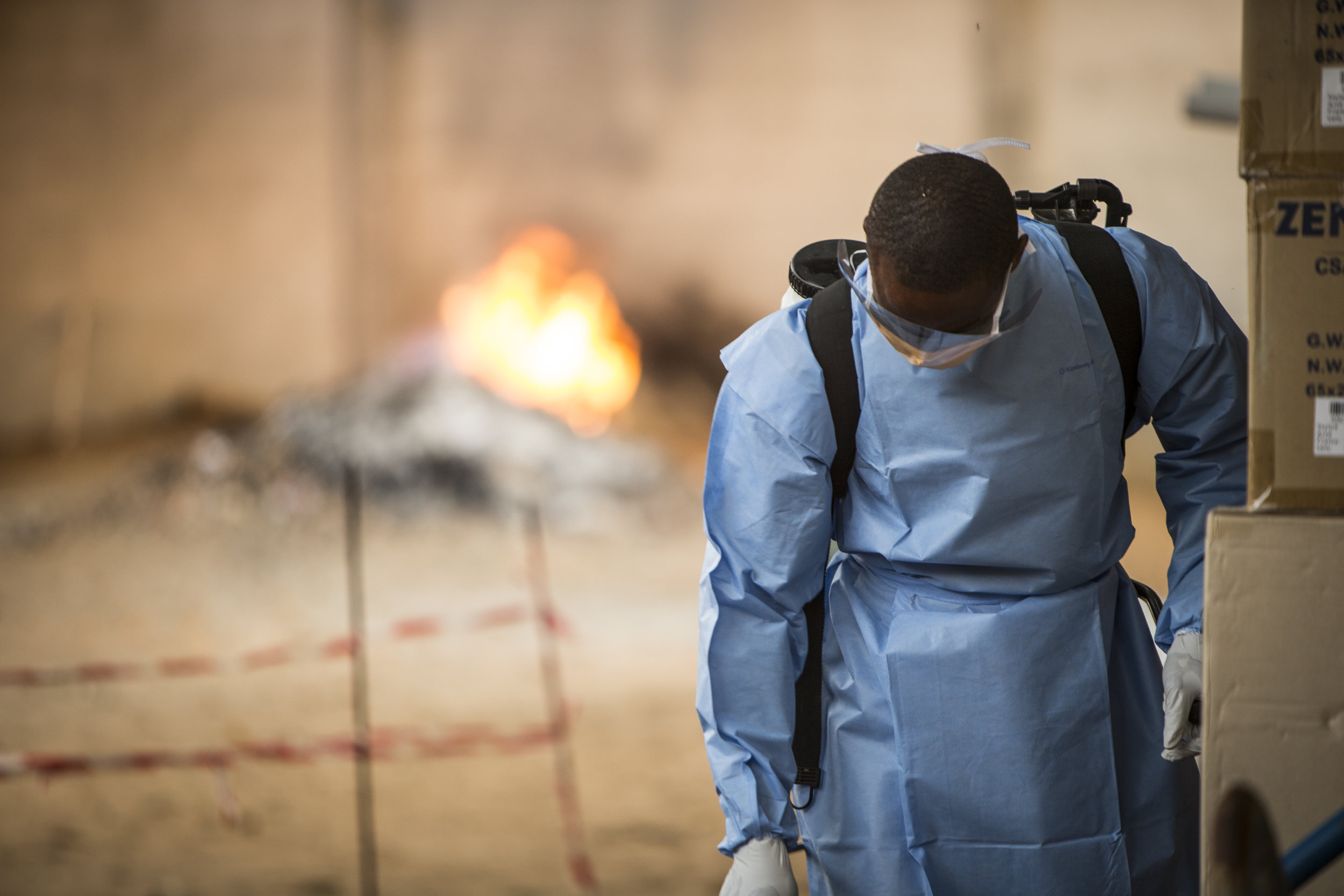
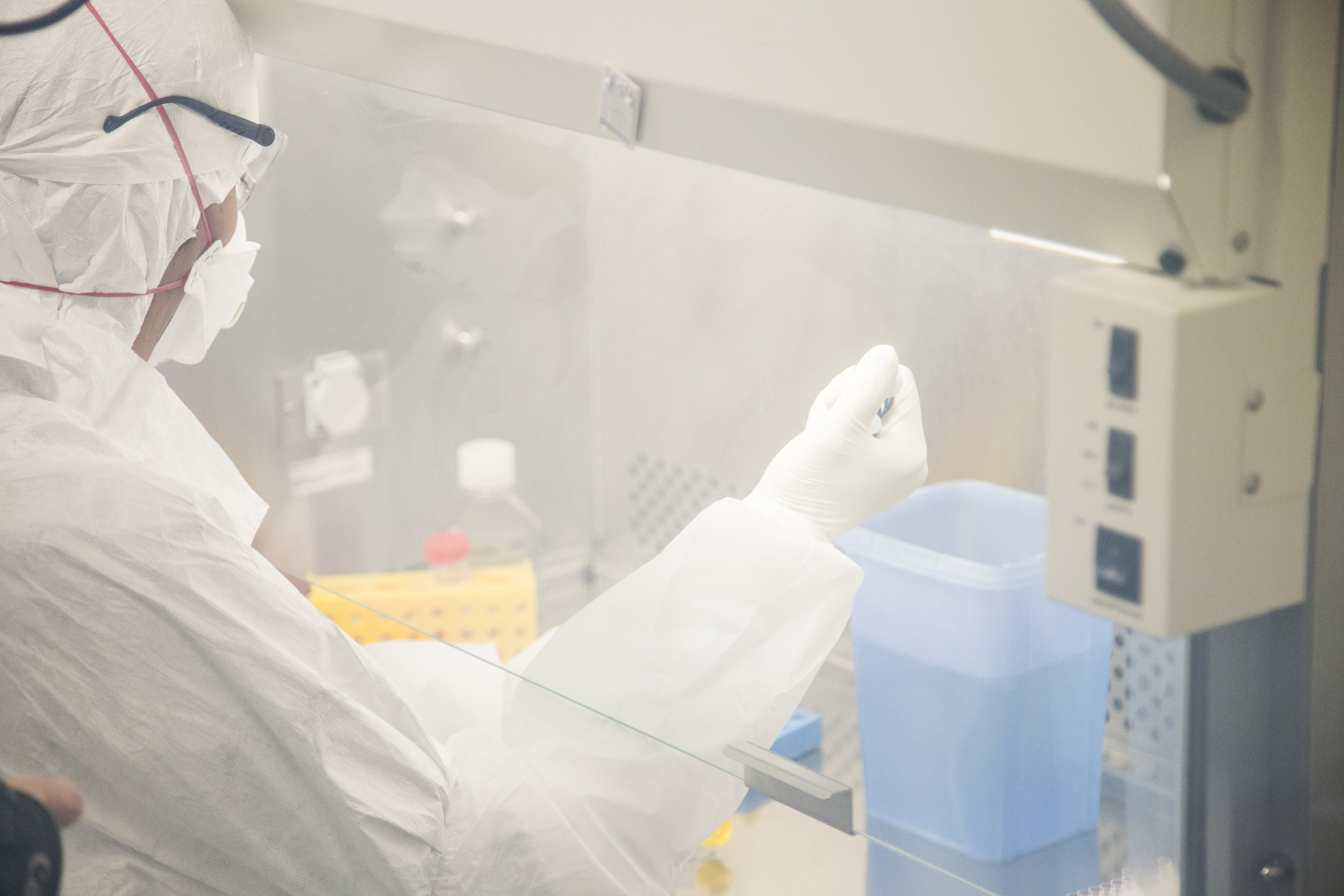
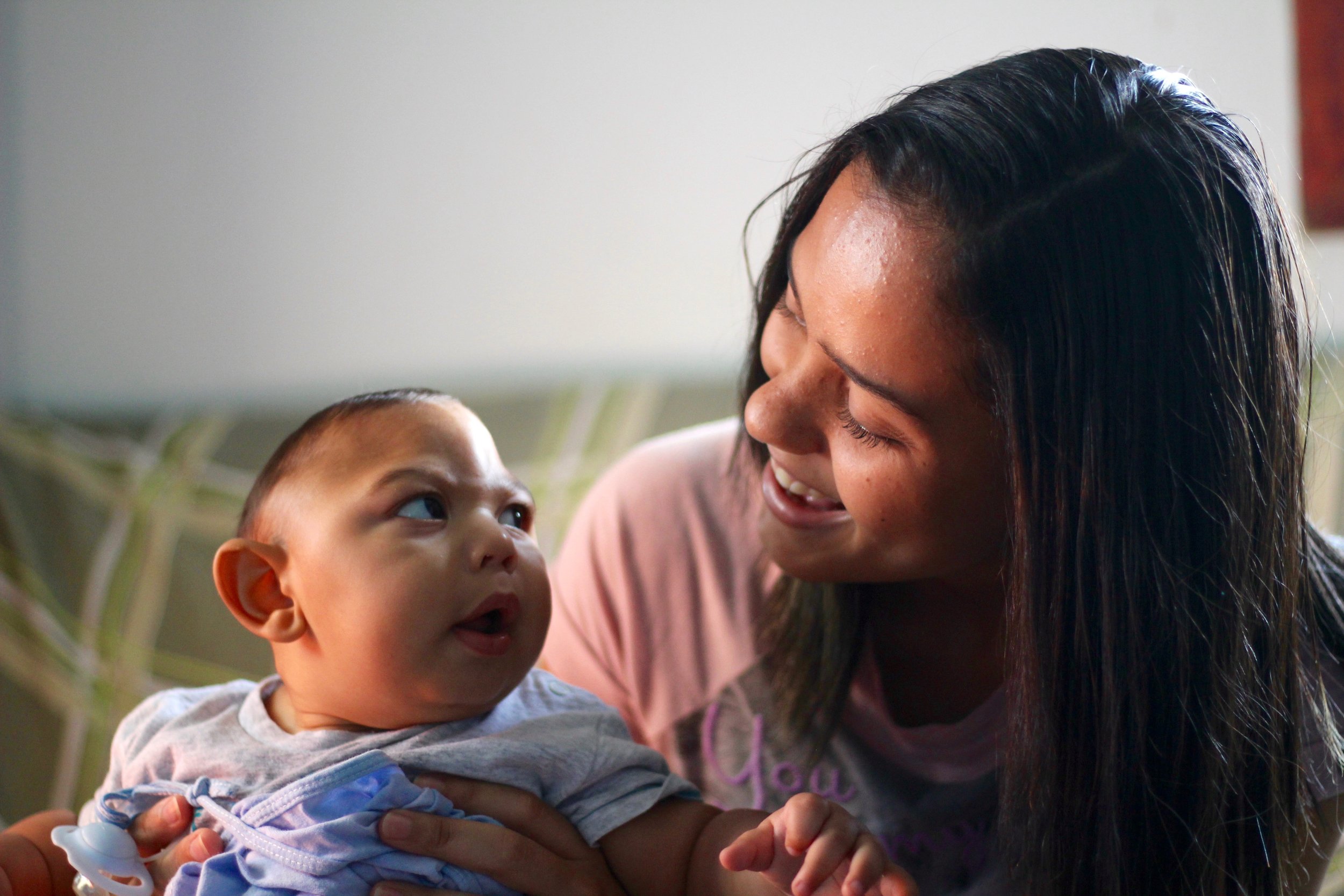
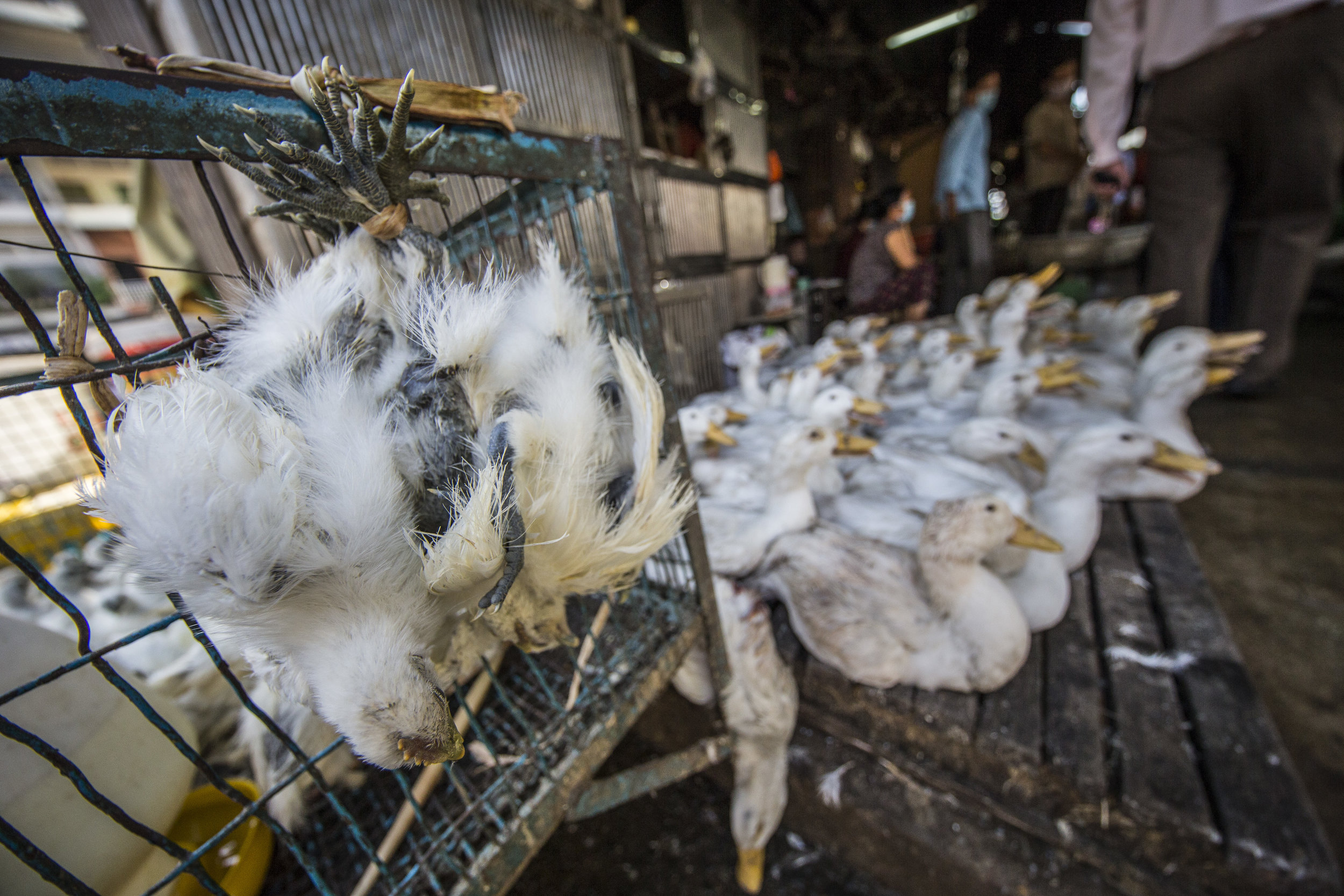
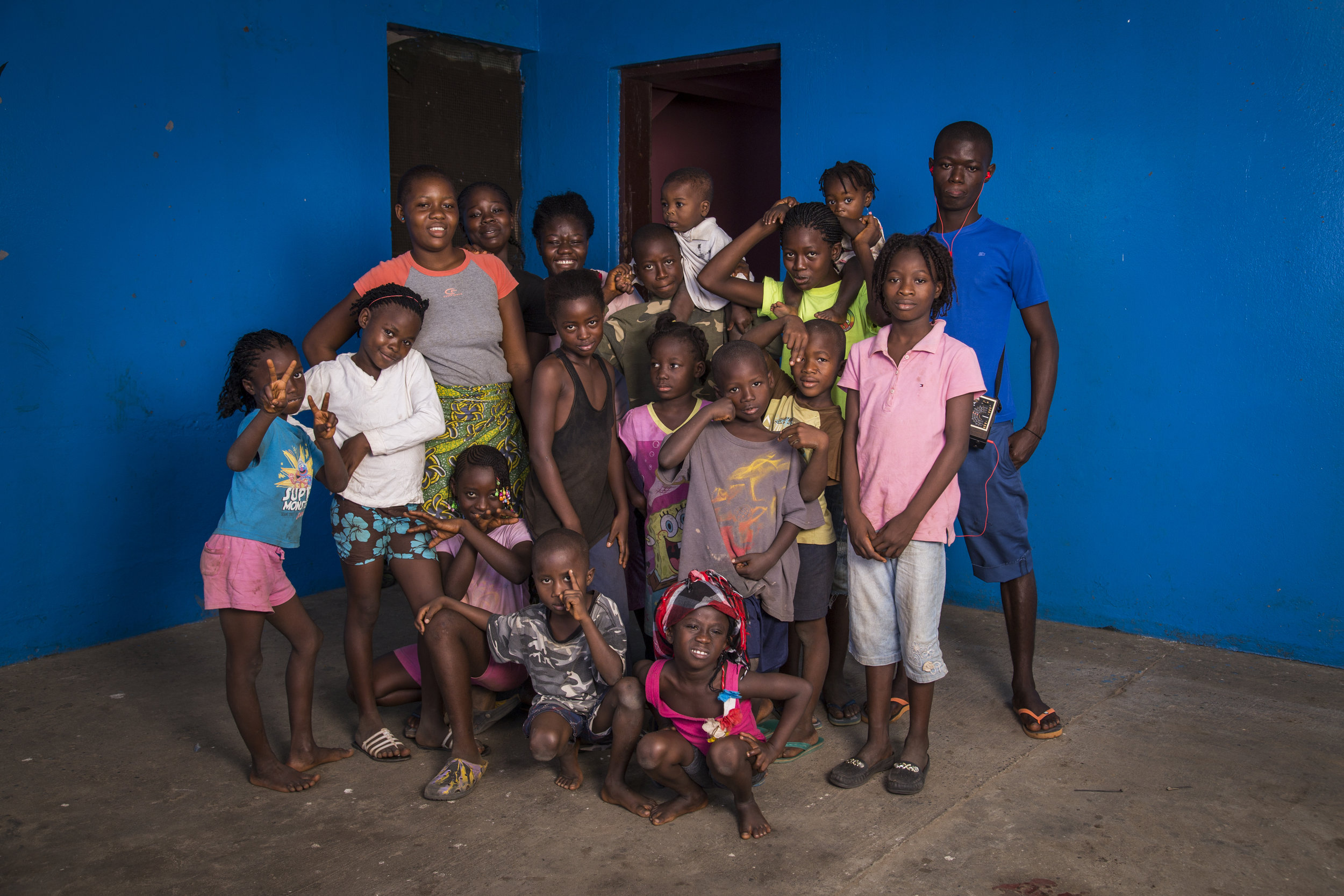

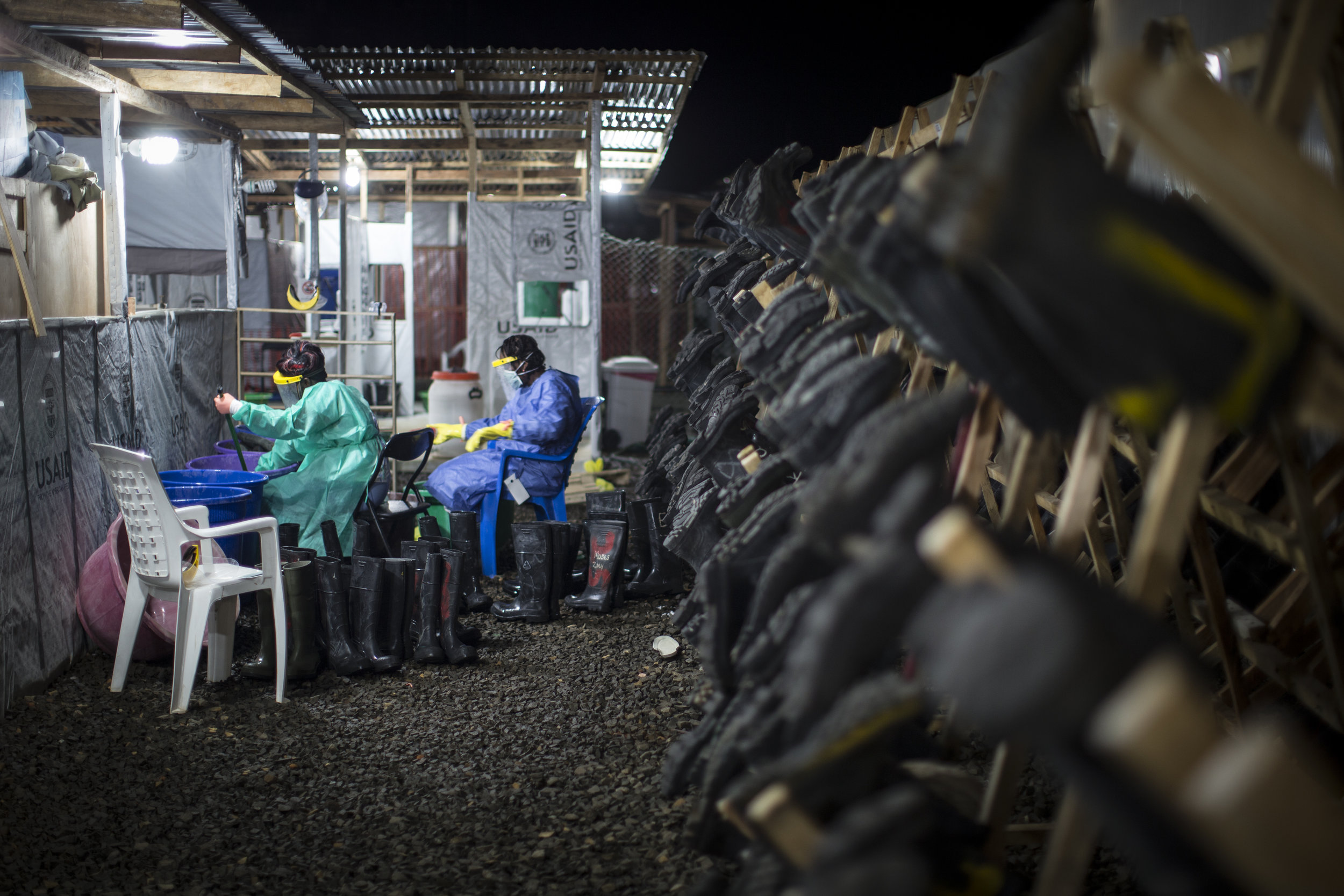

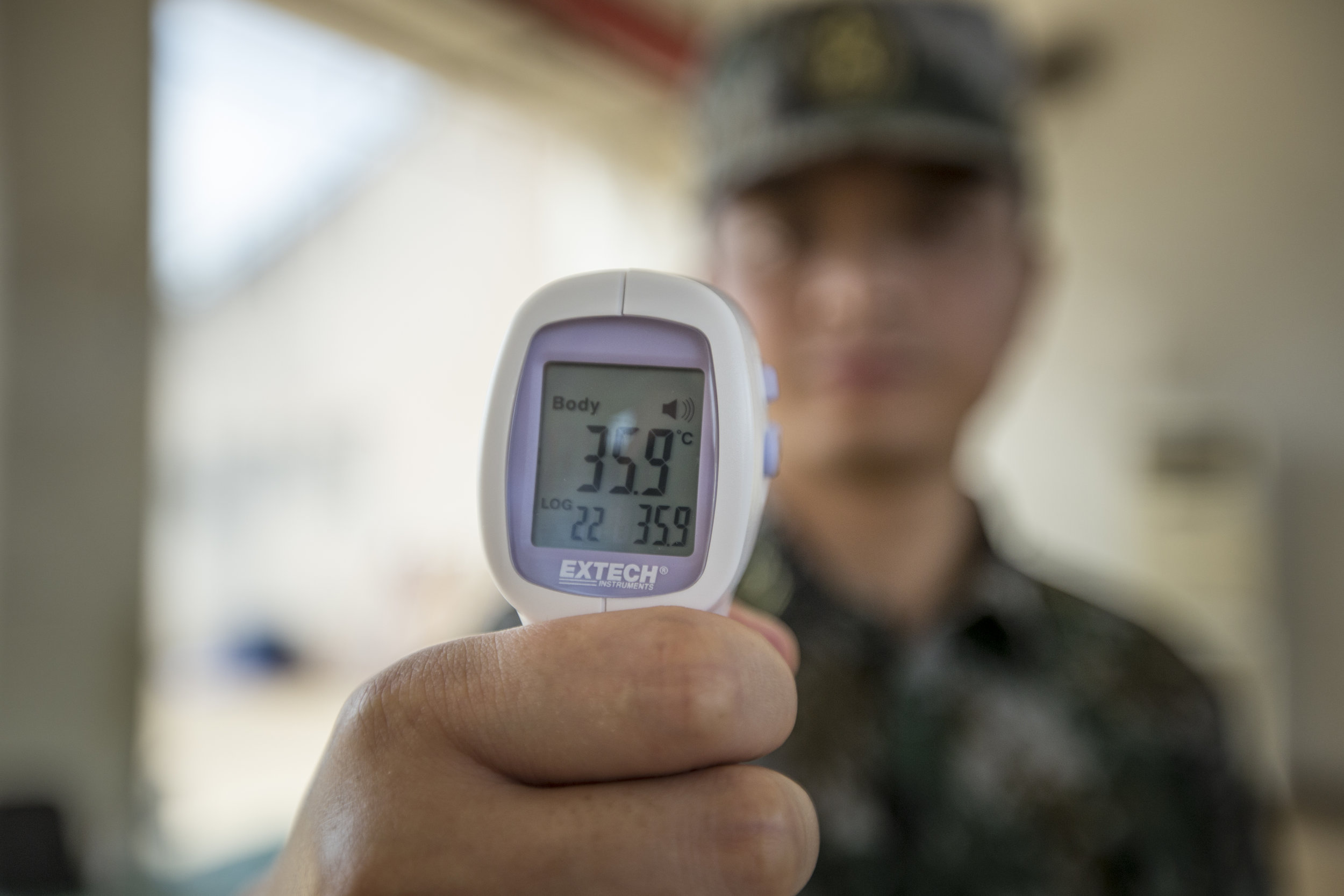
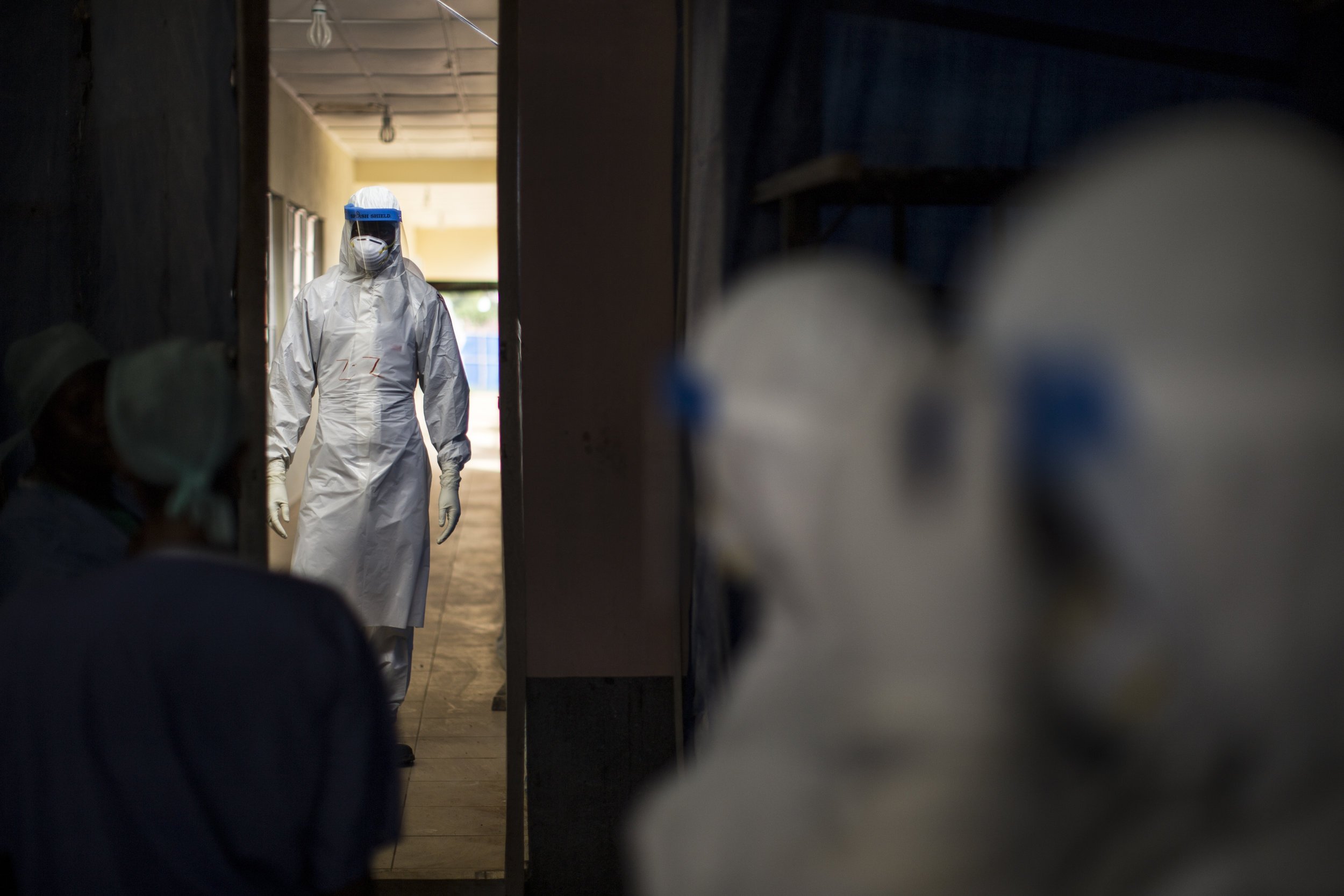
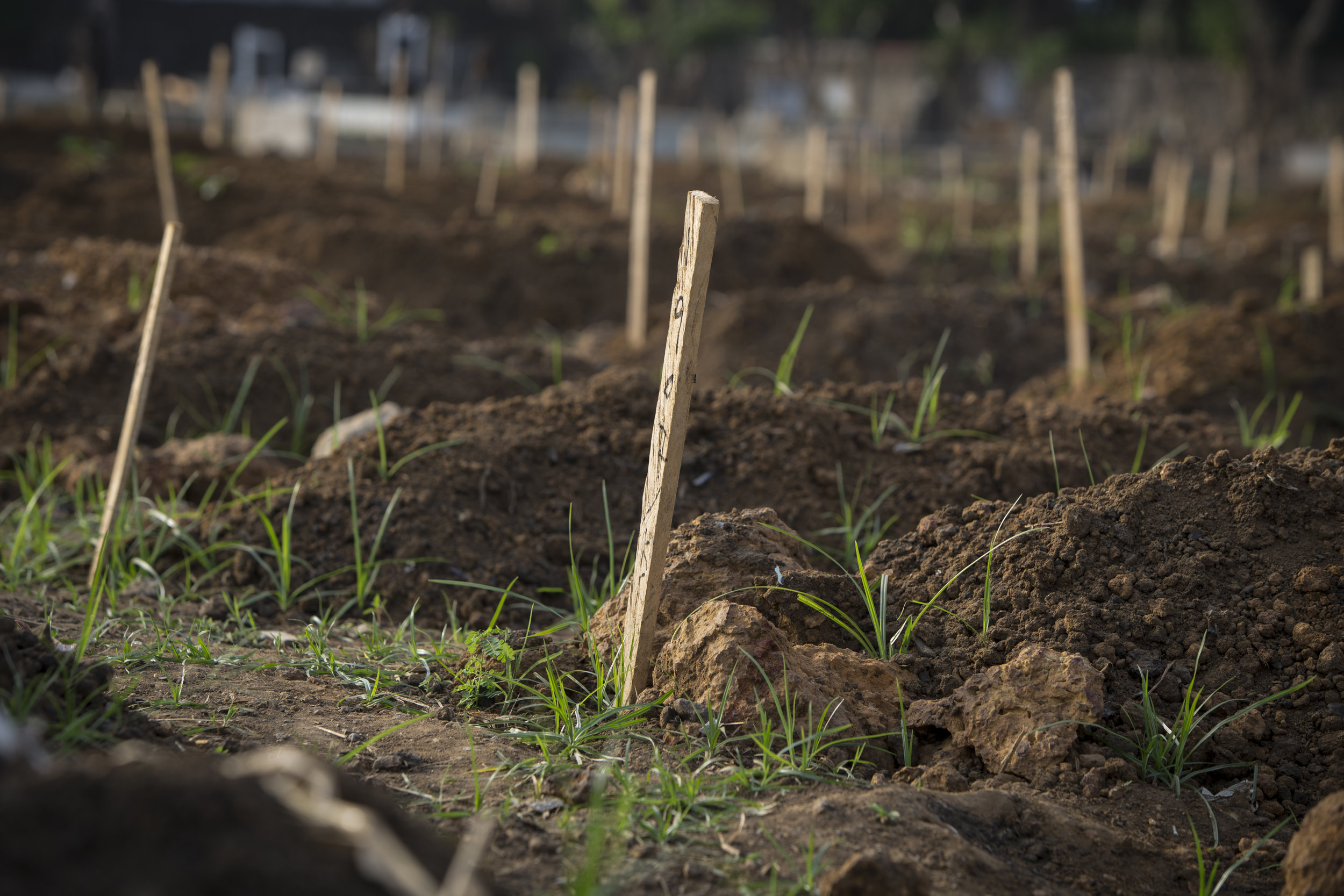
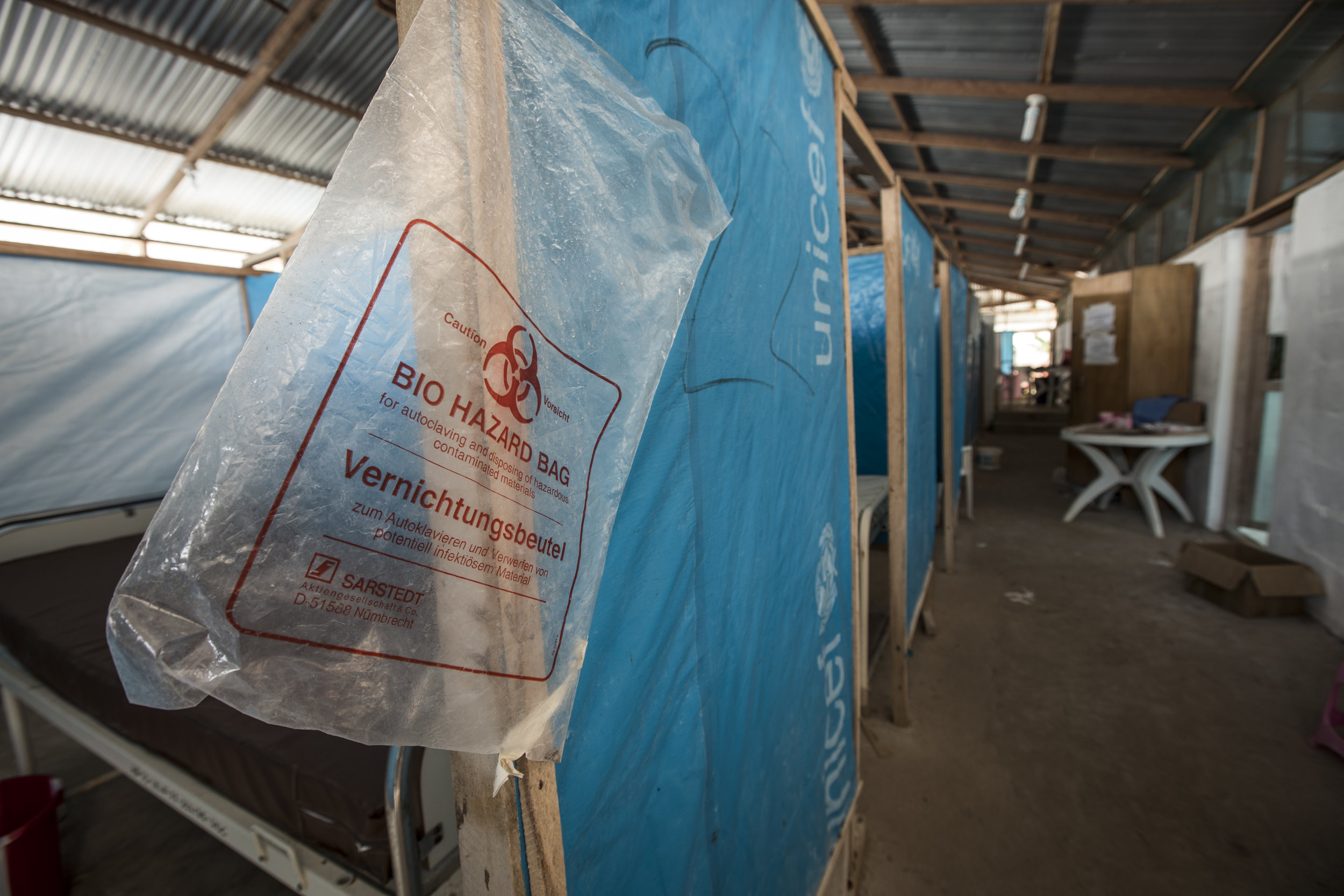
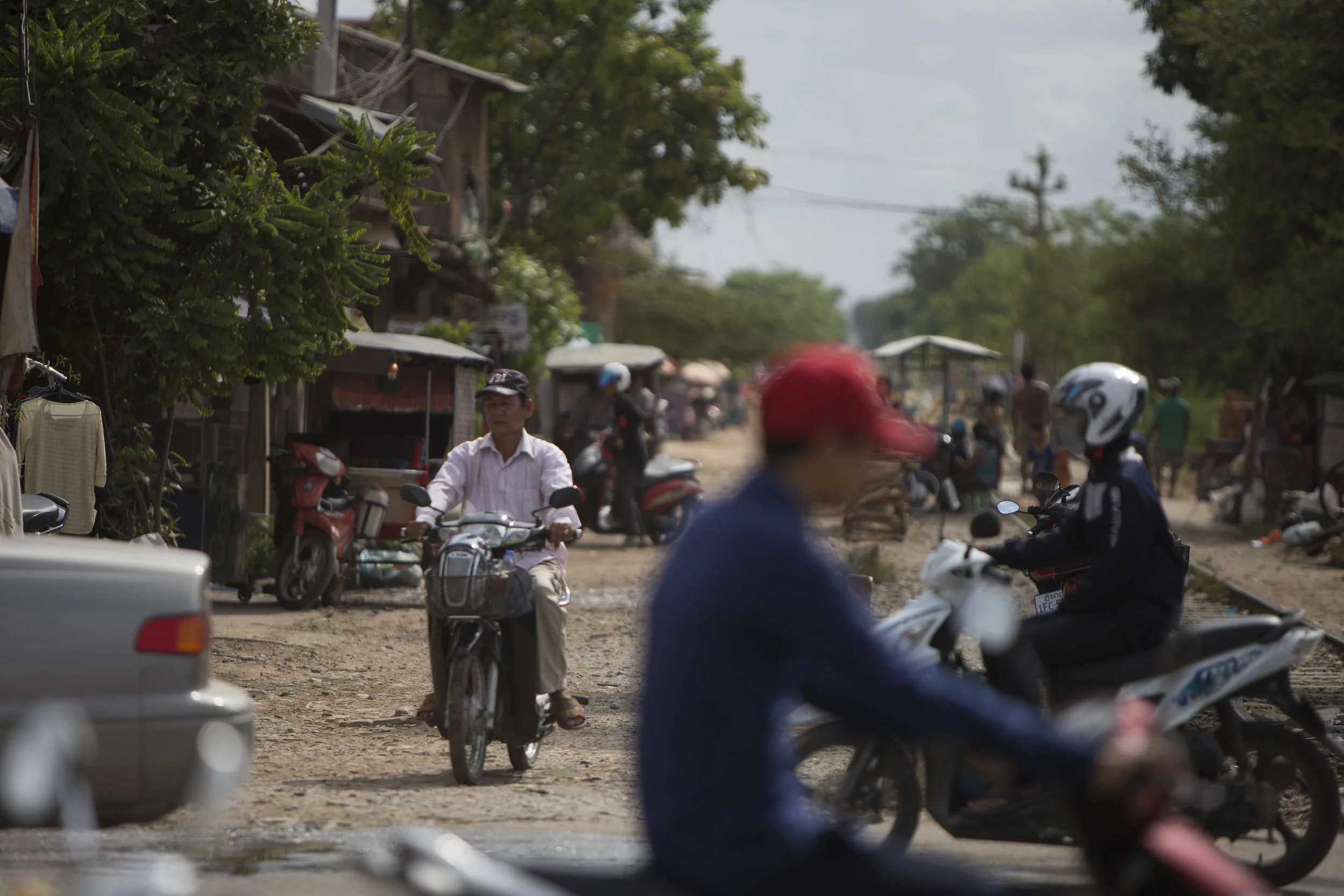
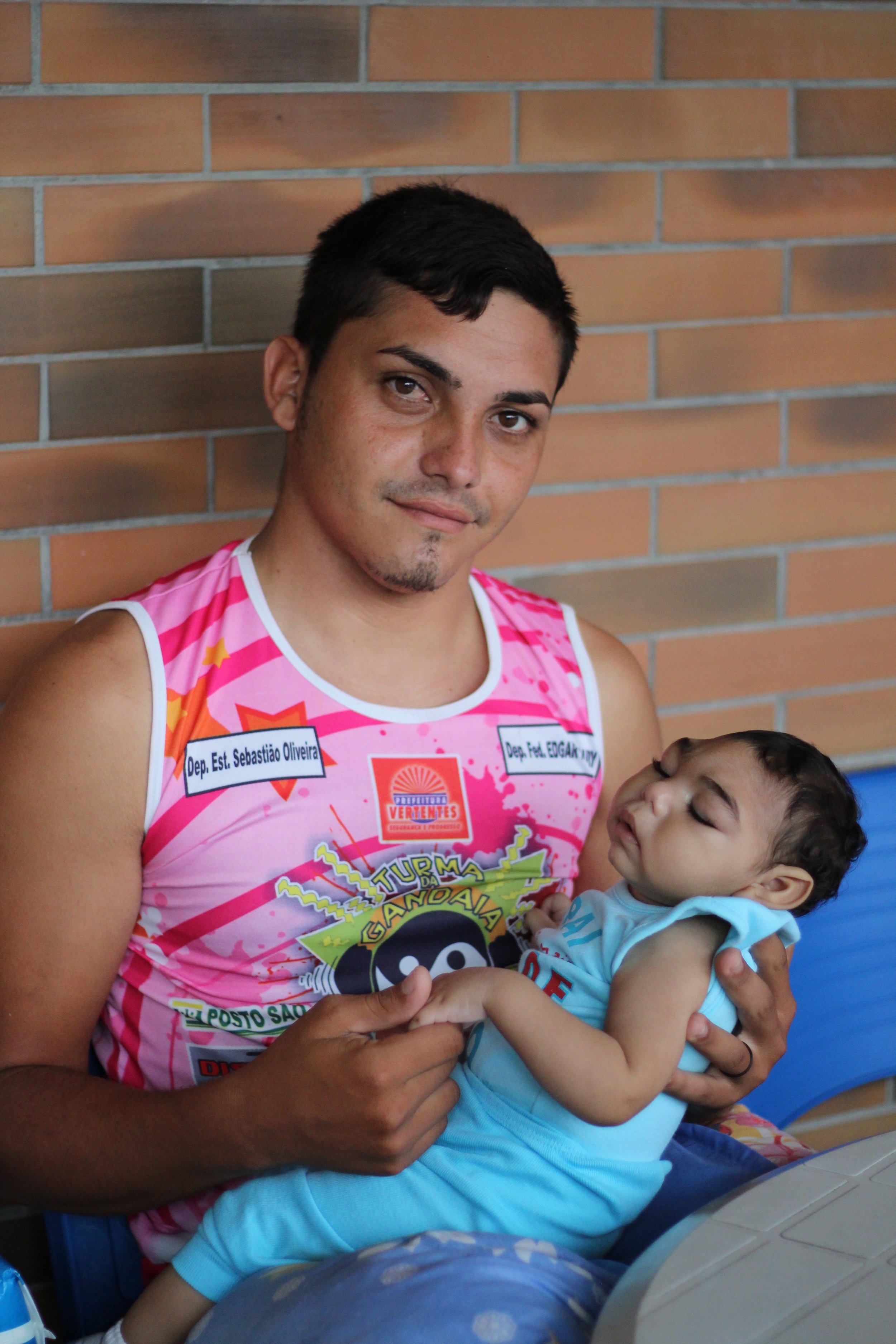


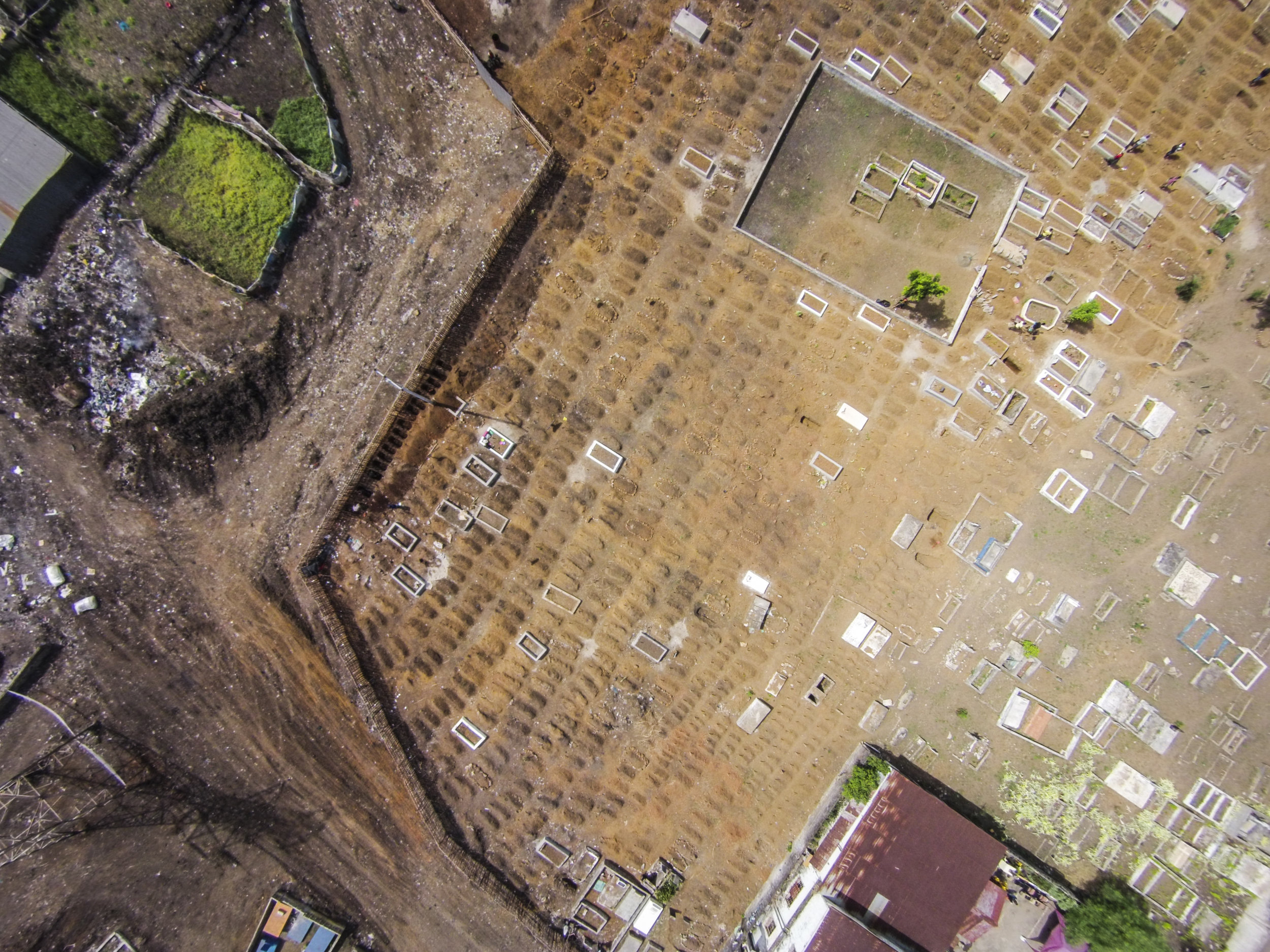
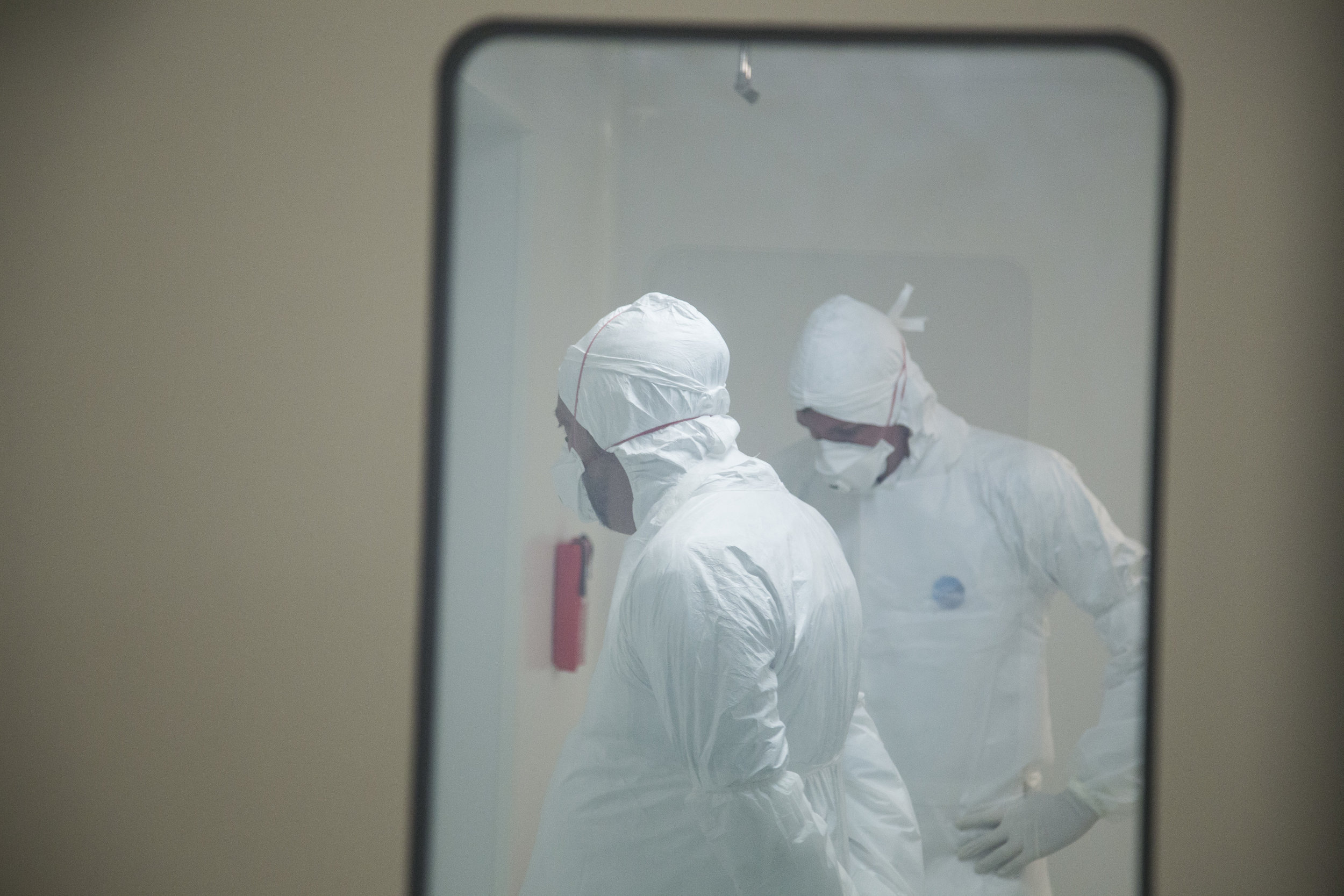
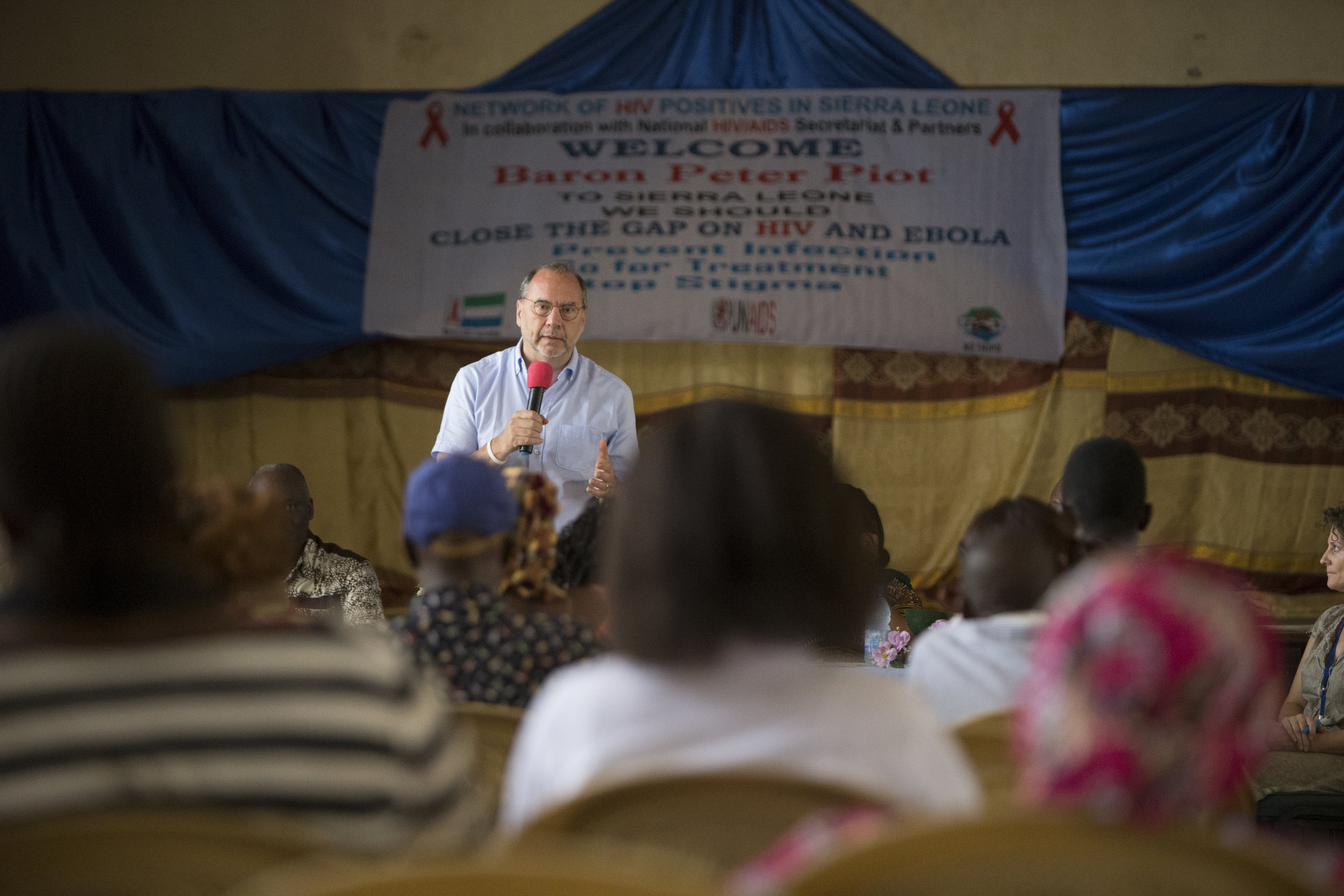
Meet the Disease Warriors
Unseen Enemy features key players tackling outbreaks on the frontlines of global health—from epidemiologists and infectious disease specialists to community healthcare workers and families across the world. They each play a part in stopping outbreaks from emerging, spreading and infecting people, and improving our collective understanding of health, facing an Unseen Enemy.
Larry Brilliant was the youngest member of the WHO Smallpox Eradication Team, working in India in the 1970s. When Larry came back to the US, he co-founded the first online community, THE WELL,falling in love with the possibilities of technology. On the side, he was Jerry Garcia’s and Mama Cass’ doctor as they struggled with heroin addiction. Brilliant’s accomplishments include founding Skoll Global Threats Fund, founding Google’s philanthropic arm Google.org, acting as a bio-surveillance advisor to the president, advising Steven Soderbergh on the film CONTAGION, and winning the TEDPrize in 2006
Laurie Garrett is a Pulitzer prize-winning science journalist and writer of a number of books, including the The Coming Plague and The Betrayal of Trust: The Collapse of Global Health. She was awarded the Pulitzer Prize for Explanatory Journalism in 1996 for a series published in Newsday, chronicling the Ebola virus outbreak in Zaire. Since the 1990s, Garrett has tracked outbreaks and epidemics worldwide, noting the insufficient responses from global public health institutions in many countries. In 2004, Laurie Garrett left Newsday to join the think tank staff of the Council on Foreign Relations in New York. Laurie is a formidable global health voice. Stay tuned for more from her in our AMR initiative.
Dr. Moses is a frontline healthcare worker who ran the Ebola treatment unit (ETU) at JFK and then later at MOD-2 in Monrovia, Liberia during the West African Ebola epidemic. His work and determination mirrors his motivational drive to drastically improve his country’s healthcare system. Only two years after finishing his medical internship, he was put in charge of the ETU at JFK Hospital, the largest hospital in Monrovia, Liberia. He was one of a few dozen practicing physicians in the country at the time.
Dr. Moses is currently in Liberia conducting vital research on the lingering effects of Ebola on survivors and continuing his work as a general practitioner. He is also currently studying for his Doctor of Public Health at London School of Hygiene and Tropical Medicine.
In 1976, Peter Piot, a 27-year-old Belgian doctor and research scientist, and his team were part of an international group of American and Belgian scientists credited with co-discovering the Ebola virus in Zaire, now known as the Democratic Republic of the Congo. After his work on Ebola, Piot quickly found himself working on another unknown virus that would turn out to be HIV-AIDS, the biggest pandemic of our time. The director of UNAIDS for 14 years, Piot currently heads the London School of Hygiene and Tropical Medicine (LSHTM). During the Ebola epidemic, Piot was a member of the WHO Advisory Group on the Ebola Virus Disease.
Barbara Rath, MD, PhD is a pediatrician and infectious disease specialist with experience in clinical care and translational research in Europe, the US, and Latin America. Dr. Rath is co-founder and chair of the Vienna Vaccine Safety Initiative (ViVI), an international think tank and non-profit organization focused on infectious disease research and communication. With a passion for helping children in challenging situations, she developed ad-hoc programs assessing the health needs of displaced and refugee children after Hurricane Katrina in New Orleans and during the peak of refugee arrivals to Berlin, Germany. , USA.
Veronica Maria dos Santos is a Brazilian mother of four, living in one of the poorest neighborhoods in the outskirts of Recife, Brazil. A month before her youngest child’s birth, her doctor told her baby Joao would be born with microcephaly, most likely resulting from a Zika infection. After Joao’s birth, Veronica had to quit her job in order to prioritize Joao’s health and development. Nowadays, Veronica spends her time in and out of doctor appointments with her son, often traveling long hours by bus to get Joao the care he needs. Due to the severeness of Joao’s case, finding the best care for him has been challenging. Veronica joined a tight knit group of mothers caring for children with Zika-related microcephaly. They meet several times a week at different clinics and group therapy sessions, where they provide support, friendship, and strength to one another.
Dr. Adolfo Garcia-Sastre is Professor in the Department of Microbiology and Director of the Global Health & Emerging Pathogens Institute at the Icahn School of Medicine at Mount Sinai in New York City. Dr. Garcia-Sastre is also Principal Investigator for the Center for Research on Influenza Pathogenesis (CRIP), one of five NIAID Centers of Excellence for Influenza Research and Surveillance (CEIRS). Adolfo’s research focuses mostly on the influenza virus, including host factors (why some people are particularly vulnerable to flu) and development of a universal flu vaccine.
Dr. Garcia-Sastre is critical to our mission to #KnowMoreFlu.
Arnaud Tarantola is a French Medical Doctor who has worked on strengthening occupational health and preventing epidemics on four continents.. From 2011 to September 2016, he was the Head of the Epidemiology and Public Health Department at the Institut Pasteur du Cambodge in Phnom Penh, Cambodia. There, he led field investigations and clinical epidemiology and research on avian influenza, working alongside local communities and both market & healthcare workers to provide expertise to national authorities. He is now working in New Caledonia as the Head of the Epidemiology Unit at the Institut Pasteur de Nouvelle Calédonie.
Gwen and Terry Zwanziger live in Owatonna, Minnesota. In December 2014, their 17-year old daughter, Shannon, came down with the flu. Seven days later Shannon Zwanziger died in her mother’s arms from Influenza A. Gwen and her family represent the dire need for new solutions in our fight against influenza, including better and more available diagnostics, a better flu vaccine, one day a universal flu vaccine as well as more public preventive action against our most common epidemic. Their loss and Shannon’s story is a constant reminder that the flu is a real threat that needs to be taken a lot more seriously. The Zwanzigers have mobilized millions of people with their personal story on CNN.com, GlobalCitizen.org and at Moms+ Social Good in conjunction with the United Nations Foundation and Johnson & Johnson.
